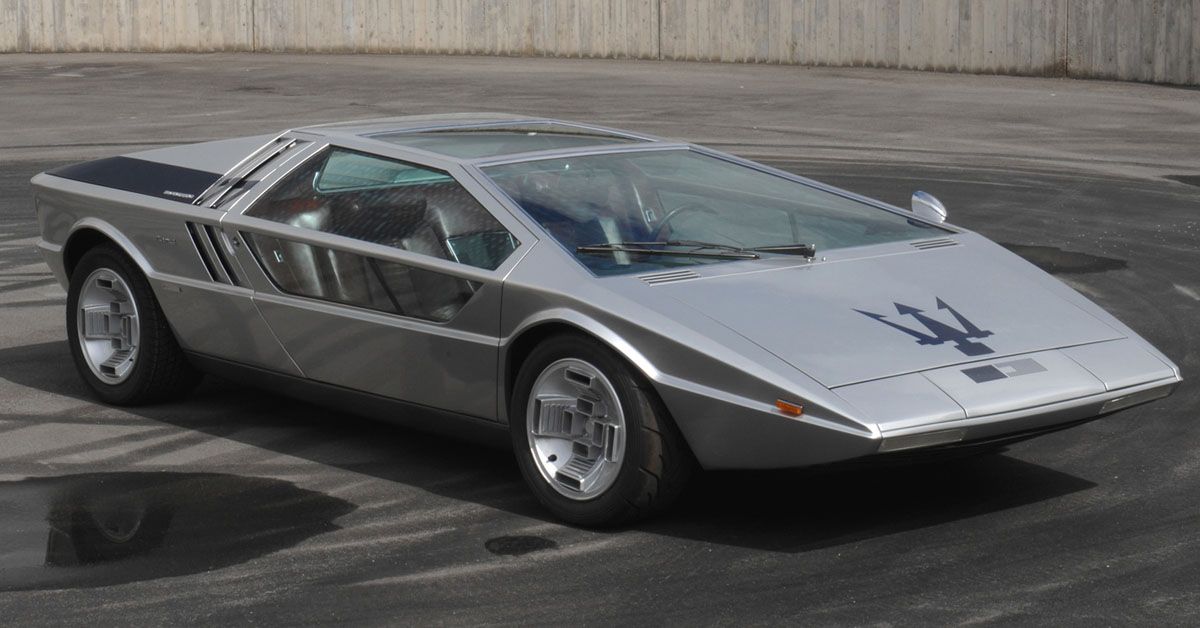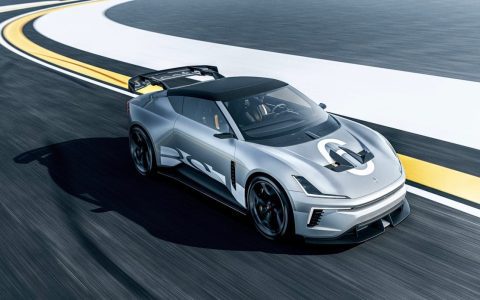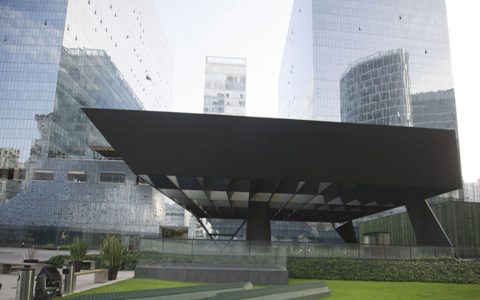The spaceship-inspired car aesthetic represents the pinnacle of automotive futurism, blending radical design with cutting-edge technology. Understanding these features is essential for appreciating modern automotive evolution.
Aerodynamically Sculpted Exteriors
Modern spaceship-styled vehicles prioritize fluid forms achieved through:
- Active Aerodynamics: Systems include deployable spoilers, dynamic air curtains, and adaptive grille shutters.
- Parametric Lighting: LED/Matrix headlights with sequenced animations and ultra-thin light strips.
- Flush Surfaces: Door handles retract electrically; charging ports integrate seamlessly into body lines.
- Lightweight Structures: Extensive use of composite materials like carbon fiber reinforced polymers.
Avant-Garde Cockpit Interfaces
The driver-centric focus leverages aerospace technology:

- Driver-Focused Displays: Curved OLED screens provide wraparound data visualization.
- Augmented Reality HUDs: Critical information projected onto the windshield with navigation overlays.
- Haptic Touch Controls: Capacitive surfaces with tactile feedback replace physical buttons.
- Voice-Driven AI: Advanced natural language processing for vehicle command systems.
Performance Innovations
Underneath the cosmic styling lies transformative engineering:
- Integrated Powertrains: 800V architecture enables sub-20-minute DC fast charging capabilities.
- Torque Vectoring Systems: Independent motor control for individual wheels enhances cornering precision.
- Adaptive Suspension: Predictive damping algorithms using GPS/vision sensor data preempt terrain changes.
- Structural Battery Designs: Battery packs become load-bearing elements increasing chassis rigidity.
Critical Safety & Efficiency Upgrades
These designs incorporate pioneering safety philosophies:
- Sensor Fusion Arrays: Multimodal systems combine LiDAR, radar, ultrasonic, and thermal imaging.
- Biometric Authentication: Facial recognition and fingerprint readers for personalized security profiles.
- Energy Recovery Systems: Regenerative braking efficiency exceeding 90% in optimized conditions.
- Thermal Regulation: Phase-change materials manage battery temperatures during performance driving.
Embracing these features requires understanding their engineered purpose—each design element serves aerodynamic, safety, or technological imperatives beyond mere aesthetics. Verify compatibility with infrastructure and regulatory standards before modification.







